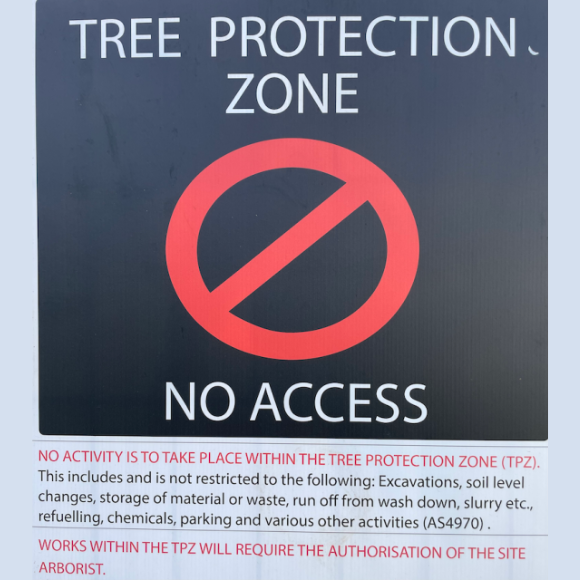
When an older house goes on the market, there is always a chance that the new owner will raze it to the ground and build a new home. But what happens to the trees and plants that have been growing for decades around it?
Official statistics show that around 6,000 demolition approvals have been submitted each quarter for the past two years; in the December quarter 2022 that figure dropped back slightly to 5,396.
Often, the houses that are being knocked down for rebuild are older, with established gardens; maybe the new owners feel it is easier to just demolish the lot and start afresh. But it seems a waste, so let’s see what could be saved and how it can be done.
Plants in older gardens might range from healthy native trees, through productive fruit trees and thriving flowering shrubs or rose bushes, to hidden gems such as bulbs that lie dormant year-round until it is their time to shine.
As the buyer, should you try to preserve some of the more established trees and shrubs, or just plan on letting everything go then landscaping from the ground up afterwards? It depends on the size and layout of your block, but chances are the garden would be destroyed in the build process anyway, as the contractors will need to get machinery around the house, dig trenches for sewer, stormwater, power and probably cut or fill the land to suit new slab levels.
If you have just bought an old house with an established garden, ask the vendors about the plants. Why did they choose those particular trees or shrubs? Are there beds filled with spring-flowering bulbs that could be rescued before the diggers move in?
Apart from sentiment and wanting to preserve established plants, there is also potentially a cost benefit. Does it make sense to demolish them entirely, when they could be sold or temporarily removed for re-planting afterwards, thus saving hundreds of dollars on decent-sized plants for your new landscape?
If you are determined that certain trees must go, it is important to understand that their removal will be subject to council approval before commencement of any demolition. Contact local council to see if a permit is required to remove trees. Regulations usually depend on the size or type of tree and getting approval can be a lengthy process, so should be tackled as part of the pre-demolition planning process.
On the other hand, if you want to preserve the trees it is equally important to take steps to ensure they are not harmed. An arborist or horticulturalist will tell you if any are unstable or diseased, then advise on the best way to protect them from harm during the demolition and rebuilding. An expert will also advise on the root structure of larger trees, and can calculate the ‘Tree Protection Zone’ for any particular tree based on the Australian Standard AS4970-2009 Protection of Trees on Development Sites recommended calculations.
This measurement determines the area that the tree will require to remain healthy and stable, and will inform your architect or builder exactly how far from your tree works should be kept so as not to damage the tree.
Potential damage is possible not only from earthworks, but also due to compaction of the soil by heavy building equipment, or piling stacks of bricks or other materials around the base of a tree. Chemicals and paint poured around the base of a tree can also be detrimental to its health.
Get in early to mark out trees or remove plants before the demolition crew arrives, because unless a plant is clearly marked for preservation it will be cleared away.
If you are the vendor, consider asking the buyers if they plan to demolish the house – they might be happy for you to re-home plants at the time of sale. In the same vein, neighbours might also make the same inquiry if it looks like the plants are going to be demolished along with the house.
How should the plants be moved? Unless you are a total green thumb, find a local horticulturalist who can advise you. They will probably also be able to lift out the plants and keep them safe until the new site is ready.
Some plants won’t move well, so have a forward plan to propagate those, as successful propagation often depends on the season. Likewise, bulbs are best left to completely die down before being lifted.
If there are plants you won’t want in your new garden but you don’t want destroyed, consider selling them, offering them to friends and neighbours, or donating them to a local school, park or old people’s home.

